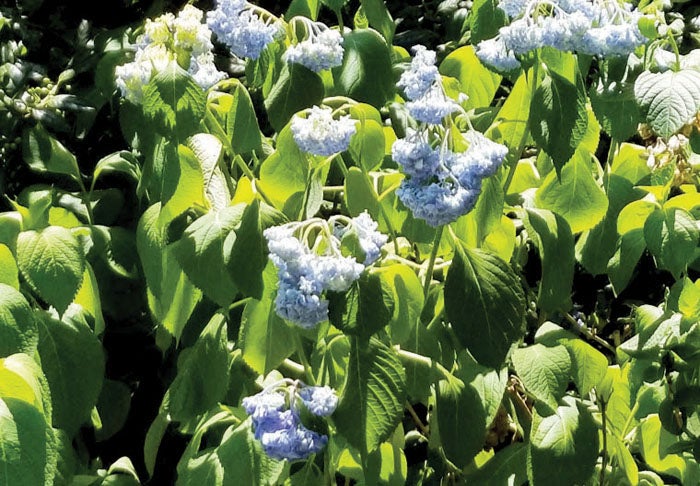Many plants suffer in the heat of July
Published 12:00 am Sunday, July 19, 2020

- Wilted hydrangea in summer heat. It’s a heat-related problem, not lack of water. Photo by Darrell Blackwelder, for the Salisbury Post
Many shrubs and bedding plants are suffering in the normal hot weather of July. Homeowners are concerned about their plants, especially newly set trees shrubs and vegetable gardens. Even with scattered showers, irrigation is critical for survival of plant materials, especially for outdoor container plantings. Below are a few tips that may help plants survive the extreme heat.
• Irrigate plants early in the morning. Water applied in the heat of the day may cool off plants, but it also wastes water through rapid evaporation. Irrigating in late evening or at night encourages fungal diseases. Irrigation with drip systems is excellent for newly planted trees and shrubs and vegetable gardens. This type of system meters water near the plant’s root system without waste. Soaker hoses are generally not recommended because of the variation in amounts applied, but anything will do in extreme heat. Soaker hoses don’t supply water in a uniform amount, so be sure to check your plants often if you implement these types of hoses.
• Do the plants really need water or are they just hot? For example, many plants such as hydrangea, rhododendron, impatiens or ornamental sweet potato wilt in the heat of the day, but will have adequate moisture to survive. Wilted plants should be checked the next morning; if they are still wilted, irrigate as necessary. Over watering kills plants much quicker than lack of water.
• Mulch plants. Mulching holds moisture and cools the soil. Three to four inches of bark, pine needles, compost or other types of organic mulch reduce water consumption.
• Some plants need constant irrigation. Shrubs and bedding plants in pots, especially clay pots or hanging baskets, rapidly loose moisture during the heat of the day. These containers may need water every day and often twice a day during periods of extreme heat and drought.
• Keep a constant check. Those that go on weekend vacations often come home to face dead or heavily damaged plants during excessively hot, dry summer weather. Arrange for a neighbor or friend to water plants, especially newly planted trees, shrubs or containers if you’re out of town for a few days.
• Cool season fescue lawns do poorly in hot weather and there is nothing you can do to alleviate the problem. As temperatures rise above 85 degrees, fescue lawns often turn brown and go dormant. Leaf drop occurs on many trees while other plants may turn pale green or die outright. Fortunately, temperature extremes seem to be a common occurrence over our past summers. Extreme stress from heat coupled with diseases and insect pests often takes its toll on both trees and shrubs.
Darrell Blackwelder is the retired horticulture agent and director with the North Carolina Cooperative Extension Service in Rowan County. Contact him at deblackw@ncsu.edu .

